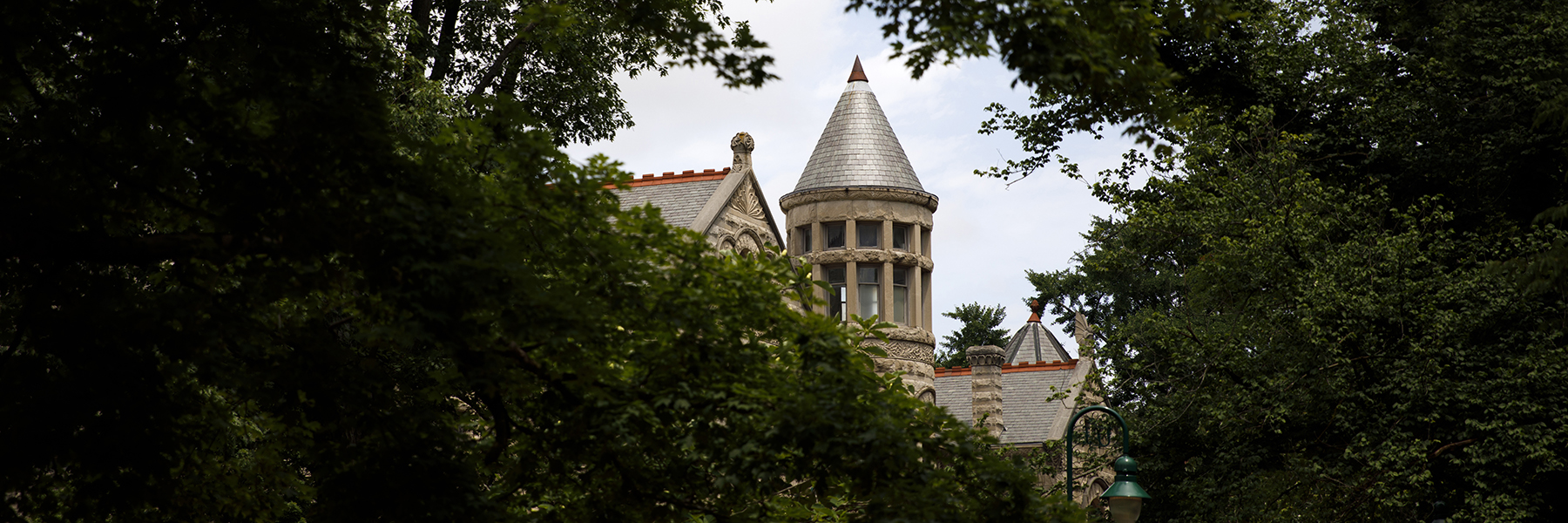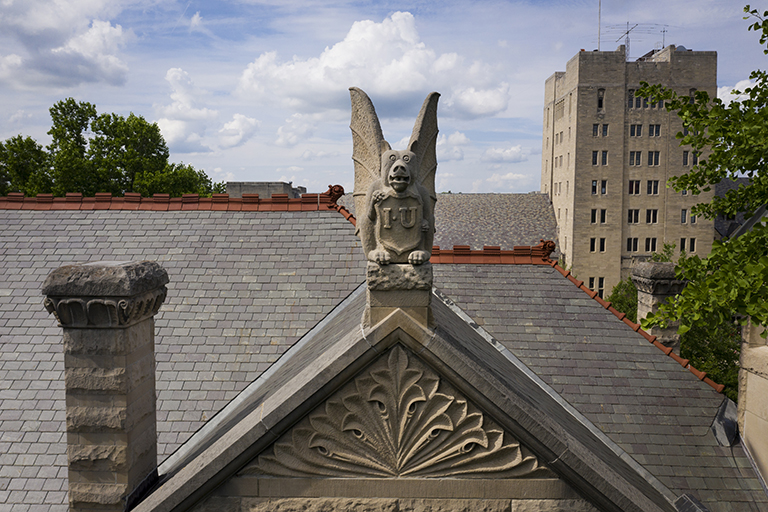The center is named for Gayle Cook, a 1956 Phi Beta Kappa graduate of IU with a B.A. in Fine Arts, who throughout her career has applied her IU degree to important historic restoration projects. Its location is accessible to students and faculty from all schools and disciplines, and its proximity to the thriving downtown arts scene will provide a bridge between campus and community that, in its absence, has been identified as one of the most significant barriers to greater participation and attendance at campus arts and humanities programs and events.
Renovations include a state-of-the art grand presentation hall with new technology that will provide space for interactive TED Talk-style lectures, small chamber ensembles and other intimate performances; space for large-scale and multi-media installations; additional exhibit spaces to showcase the work of individual faculty, students, and visiting artists and scholars, including works in progress; and much more
The center will also serve as a home for several of the campus’s most public-facing arts and humanities centers:
- the Arts and Humanities Council, which has been responsible for the First Thursdays Festival, the Global Remixed Festival, and many other successful programs that attract tens of thousands of students and community members each year;
- the College Arts and Humanities Institute, which supports contemporary research and creative activity and oversees over a dozen of centers and working groups in these areas;
- the Center for Rural Engagement, which mobilizes IU’s vast resources to aid in the development of rural communities in southern Indiana, particularly through Quality of Place, which focuses on the arts and culture infrastructure of small towns throughout the region;
- IU Corps, which brings together IU’s collective, varied service efforts under one umbrella to help address the world’s most pressing challenges and meet its most critical needs; and
- Traditional Arts Indiana, a university partnership with the Indiana Arts Commission dedicated to supporting the creative traditions and practices of the Hoosier state.
Bringing these dynamic offices together in one place ensures their continued collaboration and productivity and connection to students, enlivening their programs, research and creative activity, and community outreach through a constant exchange of vision, ideas, and resources.



